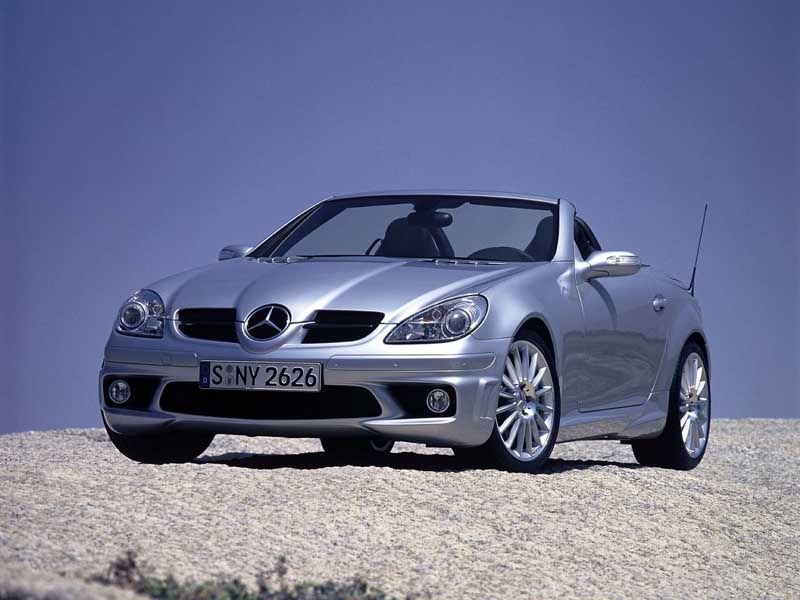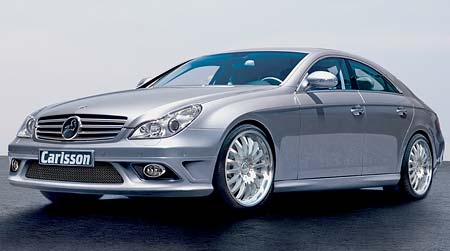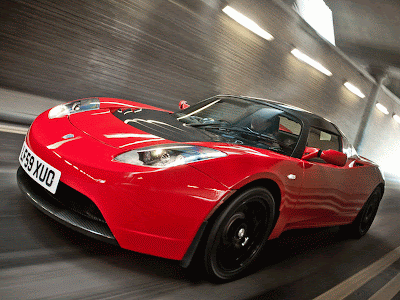
Audi is a German luxury car maker, and one of the best car makers at that. The word Audi is based on a latin translation of the word "Horch". Horch is the German word for “hark." Audi is also the acronym for “Auto Union Deutschland Ingolstadt."
August Horch was a skilled blacksmith who worked for Carl Benz, one of the pioneers of the car industry. Mr Benz went on to create the Mercedes Benz marque. On November 14th, 1899, Mr Horch founded August Horch & Co. August Horch proved to be an excellent engineer, and he enjoyed the chance to develop his own ideas. For the first two years Horch fixed other people’s cars during the day and designed his own models by night. His passion was to build cars that were both advanced in design and well engineered. Eventually August Horch set up a new company under his own name “Horch” but translated into latin. The Latin translation of Horch (which in German means “hark” or “listen”) is “Audi”, so this trademark name was chosen by August Horch for the new firm.
In August 1928 Jørgen Rasmussen, the owner of DKW, acquired the majority of shares in the Audi firm. Audi cars, in the late 1920s and early 1930s, were luxurious cars that were well equipped and had special bodywork.
In 1932, Audi merged with Horch, DKW and Wanderer, to form Auto Union. Before World War II, Auto Union used the four interlinked rings that make up the Audi badge today. The four overlapping rings represent the four entities of Auto Union.
During World War II, the Horch/Auto Union produced the Sd-Kfz 222 armoured car. This car was used in the German army during the war. The car had a very credible top speed of 50 miles per hour and the V8 had 60 horsepower. It was World War II that encouraged Audi to develop and produce special vehicles for military purposes in the 1930s. The Auto Union became an important supplier of vehicles to Germany's armed forces.
In 1958, Daimler-Benz acquired 87% of Auto Union, and then in the next year 100%. In 1964, Volkswagen acquired the factory in Ingolstadt and the trademark rights of the Auto Union. Customers were becoming keener on the four stroke engine so the small two-stroke DKW motorcar became equipped with a very robust four-stroke engine.
In 1969, Auto Union merged with NSU and was known as “Audi NSU Auto Union AG”. In the 1950s, NSU had been the world's largest manufacturer of motorcycles, but had moved on to produce small cars like the NSU Prinz, the TT and TTS versions of which are still popular as vintage race cars. NSU placed their focus on new rotary engines based on the ideas of Felix Wankel. In 1967, the new NSU Ro 80 was produced. This was to be a car well ahead of its time in technical details such as aerodynamics, light weight, and safety. However, the rotary engine did have some teething problems to start with.
The Audi 100 of 1968 was a leap forward into the bigger, more modern body shell type, and this car was soon joined by the Audi 80 which formed the basis for the 1973 Volkswagen Passat in 1972. The Audi 50 was to follow, and it became re-badged as the Volkswagen Polo in 1974. It was in fact the Audi 50 that was to be the forerunner to the Golf which has been a hugely successful car globally.
It was around this time that Audi ventured into four-wheel drive technology. It was this technology that saw them become massively succesful on the world rally car stage. In 1980 the very fast and successful Audi Quattro (a turbocharged coupé) was the first German large-scale production vehicle to feature permanent all-wheel drive through a centre differential. Prominent wins proved the viability of all-wheel drive race cars, and the Audi name became associated with successful, forward thinking automotive technology.
The eighties saw the Audi 80, 90 and 100 variants become more and more sophisticated and desirable. In 1987, Audi put forward a new and very elegant Audi 90, which had a much superior set of standard features. Audi sales blossomed with the introduction of the new A4 in 1996, and with the release of the A4, A6 and A8 series Audi’s future became assured. These models were developed together with Volkswagen and other sister brands.
In the early 2000s, Audi took to the German racetrack to claim and maintain several World Records. This effort was in-line with the company's heritage from the 1930s racing era "Silver Arrows".
Today Audi is a class act in the global car manufacturing business, and currently, Audi's sales are growing strongly in Europe. Their 2007 worldwide sales have been released as 964,151 vehicles sold, yet another record for the brand. In 2008, Audi achieved the 13th record year in a row passing the 1 million mark of car units sold in a year. Audi has recently started offering a computerised control system for its cars called Multi Media Interface (MMI) which controls radio, satellite navigation, TV, heating and car controls with a screen. Audi’s are beautiful high tech cars that have a grace about them that few cars can match. The new A3, A4, A5, A6 and A8 models are beautiful to look at, and the new high performance R8 and TT models are simply stunning. Audi’s elegant Q7 is a model that has enabled Audi to venture into the growing SUV/4x4 markets.



















No comments:
Post a Comment